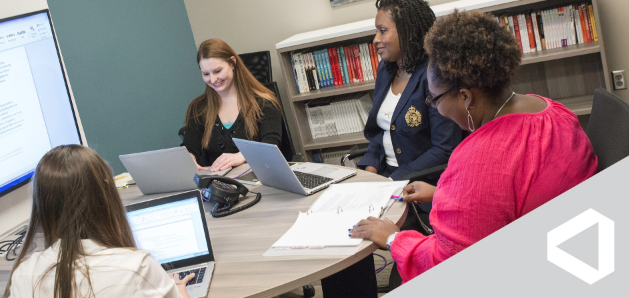5 Ways to Combat Ageism in the Workplace
It is frightening how age discrimination and bias against older workers can so easily creep into the workplace and spread across an organization, negatively influencing the workforce.
It also puts the organization at significant risk. What is even more frightening, however, is how easily bias against older workers can become part of an organization’s culture.
The Age Discrimination in Employment At of 1967 (ADEA) prohibits discrimination in all forms of employment against anyone 40 years or older. The ADEA intends to prevent discrimination and provides equal employment opportunities under areas of employment that were not explicitly covered in Title VII of the Civil Rights Act of 1964 (Title VII).
Look at most anti-harassment training programs or employee handbooks, and you will find the Title VII and ADEA language that clearly prohibits age discrimination in the workplace. Most employers will agree that their organizations prohibit any form of discrimination and take action to both prevent and address it. However, it appears that ageism is still rampant in the workplace.
Companies renowned for their culture, such as Google and IBM, have recently been the subject of class-action discrimination suits by older workers. Google recently settled an age discrimination case related to their hiring practices for $11 million, while IBM is in the midst of a class-action lawsuit for eliminating over 60 percent of employees over 40 in a recent layoff
While the ADEA provides protection for employees age 40 and above, the 50 and over age group are more likely to experience ageism in the workplace. According to AARP, it takes the average candidate under 50 approximately 12 weeks to find a new position, while candidates in the 50+ range take an average of 46 weeks to find a new position.
Recognizing the signs of ageism can be difficult for HR professionals. Often what is clearly a discriminatory practice can appear to be justified as reasonable factors. Resumes of candidates who are more senior in their career are dismissed due to being “probably cost-prohibitive” and “over-qualified.” Not providing training opportunities or assigning an older worker to a new technology task force because the assumption is that they are not up on the latest technology are both examples of how discriminatory practices can insidiously become part of the norm.
Protecting Your Organization and Dealing with Ageism in the Workplace
Here are 5 ways to combat and even prevent ageism at work to create an inclusive environment and healthy workplace for all employees:
Remain vigilant, recognize stereotyping and avoid making assumptions.
Presuming that older workers are marking their time to retirement, are not interested in learning new skills, or assuming that the incumbent would immediately leave for something better is damaging to employee morale and productivity. It also leaves your organization open to potential legal risks. Notice the subtleties and encourage managers to dig deeper when looking for candidates.
Offer training and promotional opportunities.
Make sure all training programs such as new hire, leadership, D&I, sensitivity, etc. offered cover ageism in the workplace, as many employees lack education in this area. Having an employee with significantly more experience than the job requires is not a detriment, and in today’s competitive hiring climate, opening the door to more candidates and socializing this intention with hiring managers, and leadership at the organization can only lead to better hiring. Make sure that training is part of the onboarding process, regardless of the candidate’s technological ability. It’s useful to offer ongoing coaching and education and allow workers the ability to revisit their learnings regularly.
Watch for Social Cues in the Workplace:
It is equally important to watch for social cues in the workplace. Birthday cards that joke about old age, and the mentioning of senior moments while often done with affection and in jest, can be signs of a bias toward older workers. Although appearing harmless, these are often the smoking guns in age discrimination lawsuits.
Open the Dialogue With Employees.
Creating a safe space where employees feel comfortable sharing concerns and conducting respectful discourse is vital to combatting ageism in the workplace. Cultivating open lines of communication is a way to build trust, show commonality and break the generational boundaries that can form unintentionally.
Implement mentorship programs.
Besides the multitude of research that exists to support mentorship programs, such as higher job satisfaction, organizational commitment, career success and perceived work-related fulfillment, mentorship programs can help bridge the age-related tensions. In addition, the experience and knowledge that workers over 50 bring to an organization are invaluable and these are only accessed if older employees have a way to impart their knowledge to the rest of the workforce. Reverse mentoring is another means to connect these age groups. This is where a younger worker helps their mentor with utilizing certain technologies, applications and social networks that are less familiar. Not only does this help close the knowledge gap for both parties, but they are more likely to develop empathic perspectives and reduce unconscious biases.
A multigenerational workforce is not only legally and ethically compliant, but helps to build a culture of inclusion and diversity. Being proactive about creating an organizational culture that enhances the connections between employees, regardless of differences, will have an obvious impact on growth, retention, engagement and innovation, ultimately driving the business forward.


